
AllQuestion and Answers: Page 1290
Question Number 85695 Answers: 0 Comments: 0

Question Number 85694 Answers: 0 Comments: 1
Question Number 85677 Answers: 2 Comments: 3
Question Number 85676 Answers: 0 Comments: 15
Question Number 85670 Answers: 0 Comments: 3
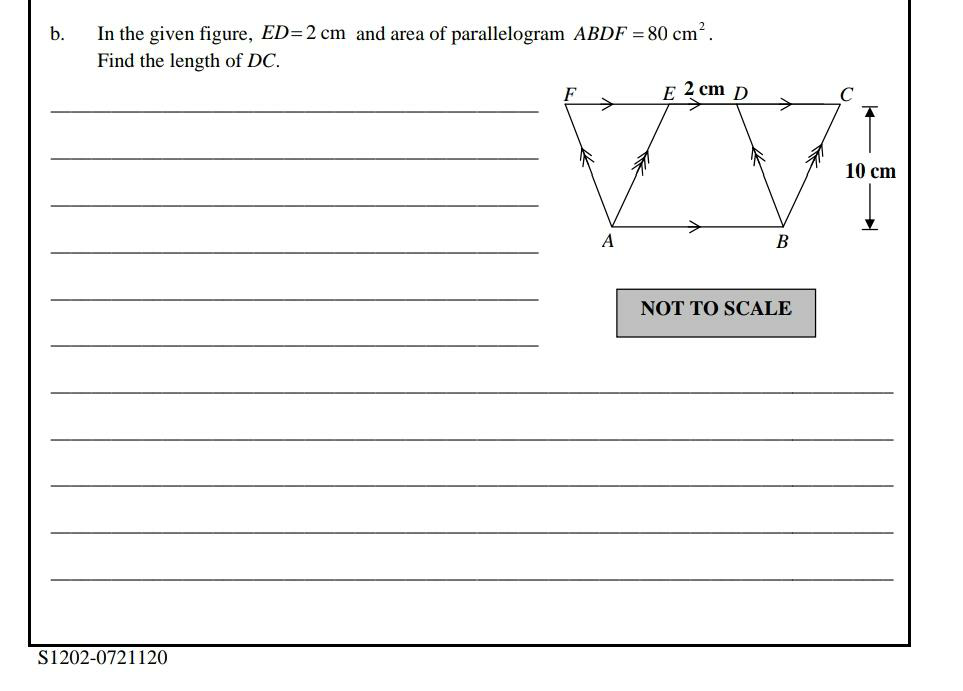
Question Number 85669 Answers: 1 Comments: 4
$$\int\:\frac{\sqrt{\mathrm{1}+{x}}}{\sqrt{\mathrm{1}−{x}}}\:{dx} \\ $$$$ \\ $$
Question Number 85668 Answers: 0 Comments: 2
Question Number 85667 Answers: 1 Comments: 0
$$\int\:\frac{{dx}}{\sqrt{\mathrm{1}−\mathrm{sin}\:\mathrm{2}{x}}}\: \\ $$
Question Number 85666 Answers: 0 Comments: 0
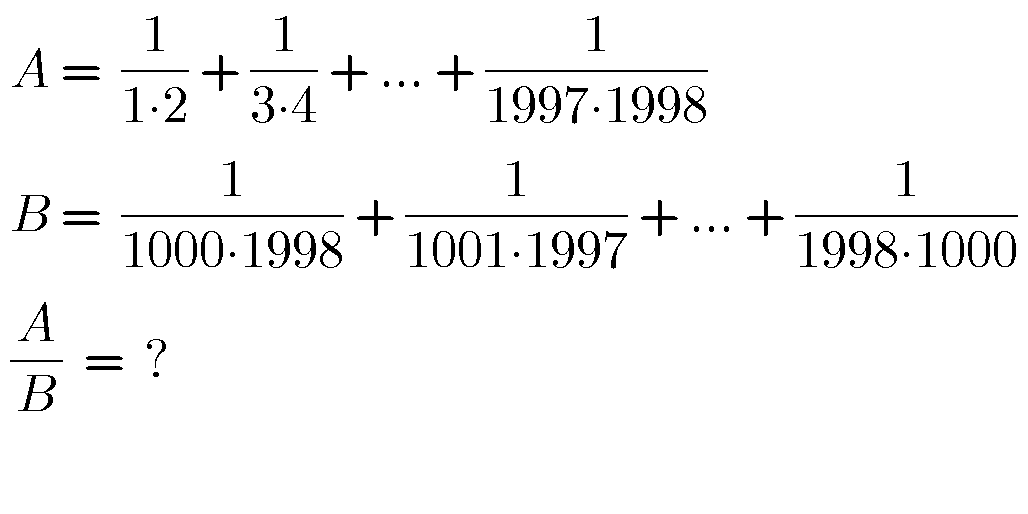
Question Number 85664 Answers: 0 Comments: 2
Question Number 85656 Answers: 0 Comments: 1
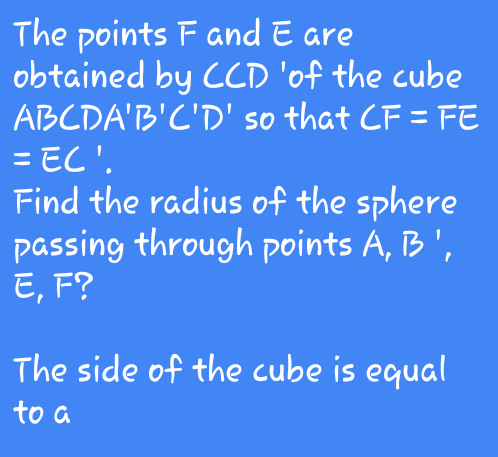
Question Number 85655 Answers: 0 Comments: 0

Question Number 85653 Answers: 0 Comments: 1
Question Number 85649 Answers: 1 Comments: 1
Question Number 85648 Answers: 2 Comments: 0
Question Number 85646 Answers: 0 Comments: 0
Question Number 85641 Answers: 0 Comments: 2
Question Number 85637 Answers: 1 Comments: 2
$$\int\:\frac{\mathrm{dx}}{\mathrm{x}+\sqrt{\mathrm{x}^{\mathrm{2}} +\mathrm{1}}}\: \\ $$
Question Number 85630 Answers: 0 Comments: 1
$$\int_{\mathrm{0}} ^{\mathrm{2}\Pi} \:\:\:\frac{{dx}}{\sqrt{\mathrm{2}}−{cosx}}\:\: \\ $$
Question Number 85625 Answers: 1 Comments: 0
Question Number 85624 Answers: 0 Comments: 0
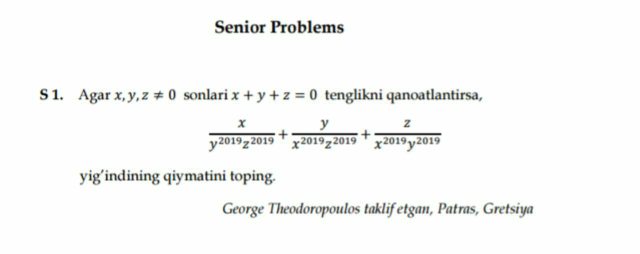
Question Number 85623 Answers: 1 Comments: 0
Question Number 85620 Answers: 1 Comments: 0
Question Number 85606 Answers: 0 Comments: 7
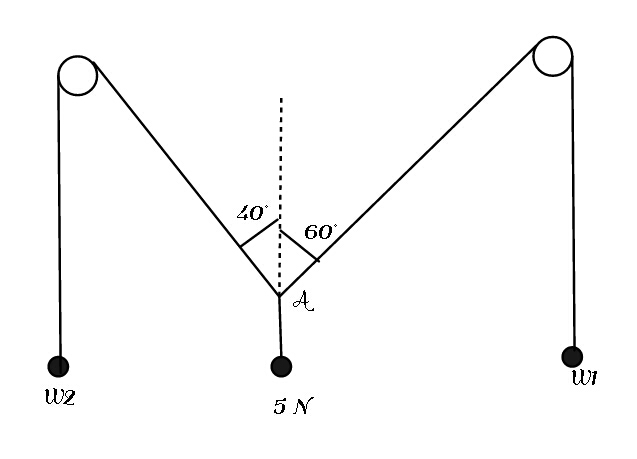
Question Number 85603 Answers: 0 Comments: 0
Question Number 85592 Answers: 1 Comments: 0
Pg 1285 Pg 1286 Pg 1287 Pg 1288 Pg 1289 Pg 1290 Pg 1291 Pg 1292 Pg 1293 Pg 1294
